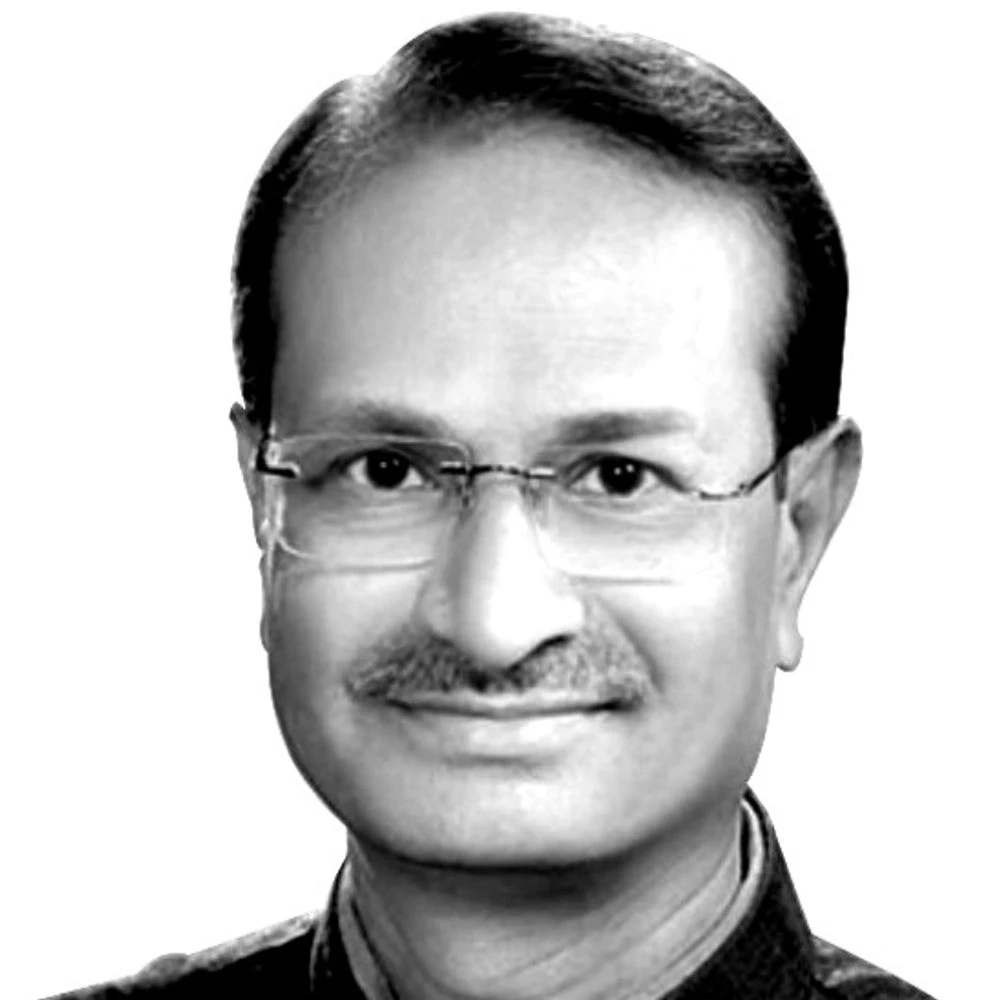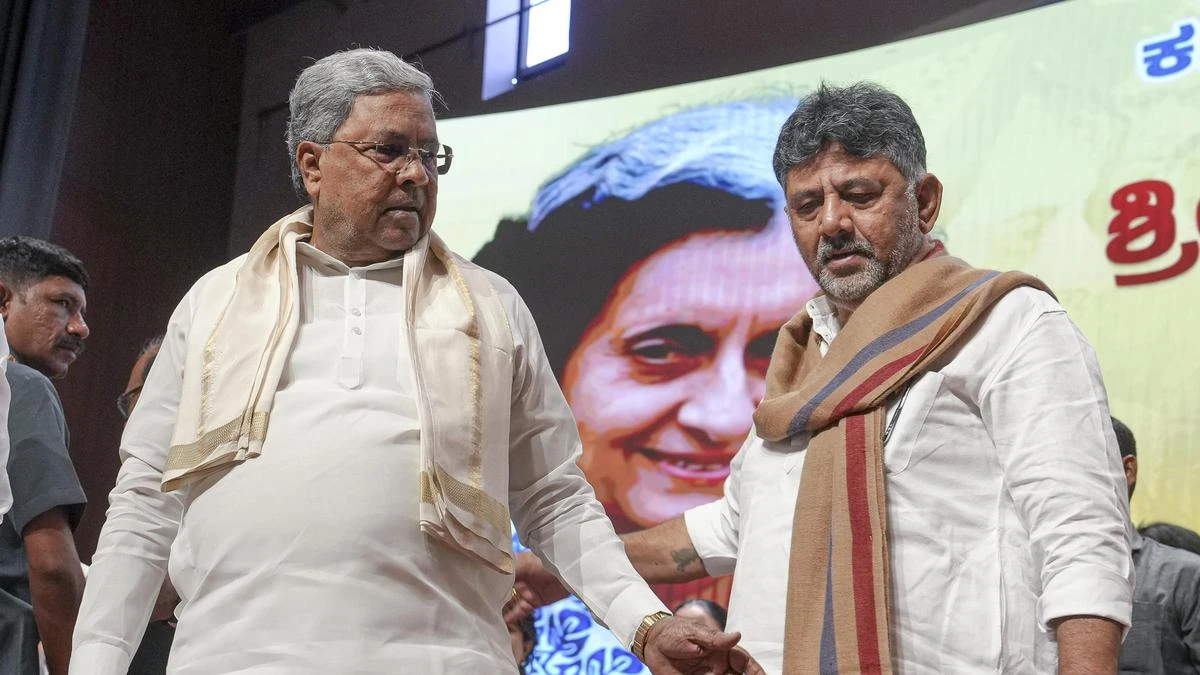Compared to 2020, there has been 10% more voting in Bihar this time. What does this increased turnout indicate? Is high turnout a sign of an anti-incumbency wave or a pro-incumbency wave? It has also raised another fundamental question: Who is contributing to the increased turnout? This second question is somewhat easier to answer, but not easier to answer the first. All parties are claiming that the increased voting goes to their advantage. But the results of elections in Bihar and other states show that there is hardly any correlation between voting and election results. There have been elections when the voter turnout was lower than in the last election, but governments changed and were re-elected. An analysis of about 332 assembly elections held in various states till 2020 shows that the voting percentage was increased in 188 elections. Of these, 89 governments were re-elected. Similarly, the turnout has dropped 144 times and 56 of these governments have been re-elected. Clearly, there is no strong correlation between turnout and election results. In comparison, it is a little easier to say who played a role in the high voting in Bihar. First and foremost, a particularly intensive revision of electoral rolls in Bihar resulted in the deletion of names of voters who are either dead or permanently moved away. The removal of such names led to a significant increase in voting. The reason for this is that the names of deceased or displaced voters remain in the voter list, while they do not vote. This reduces the voting percentage. But this time the high voter turnout in Bihar is not only due to the cleanliness of the electoral roll. The presence of a large number of migrant voters in Bihar on the day of polling—who are usually outside Bihar at the time of elections—has also contributed to the increase in voting. It is important to note that Chhath Puja, the holiest festival of Biharis, ended just a few days before the elections. Many voters who had come to their native places on the occasion would have decided to stay back to cast their votes even after Chhath. It is not uncommon for Biharis living outside the state to come to their native village, town or city in large numbers to celebrate Chhath Puja. But we should also not overlook the political factor that has contributed to the increase in voting. This is the nature of this electoral contest. A state — which has a large number of political parties — has seen an almost bipolar contest since the 1995 assembly elections. Most of the smaller regional parties form alliances led by the RJD and the Congress on one side and the BJP and JD(U) on the other. However, there have been some exceptions to this coalition-pattern, when parties have switched alliances. But this time in Bihar, there was an impression that this is an election that is moving towards a triangular contest. In this election, the entry of a new political party Jan Suraj led by Prashant Kishor has excited a large number of voters. It is important to note that about 25% of the voters in Bihar are non-Dalits, who have not voted for either the NDA or the Mahagathbandhan in the last few elections. It seems that some of these voters may have shown more interest this time than in the previous elections, due to which there were long queues at the polling stations on the day of voting. The massive caste-based mobilisation by various political parties may also have contributed to the increase in the voting percentage. For the next few days, many of us will continue to speculate, give our own interpretations, but the results of November 14 will help us find out the truth. About 25% of the voters in Bihar are non-Dalits, who had voted neither for the NDA nor the Mahagathbandhan in the last few assembly elections. Some of these voters seem to have shown more interest this time than in the last elections.
(These are the author's own views)
0 thoughts on “Sanjay Kumar's column: What was the reason for more voting in Bihar this time?”
Leave a Reply
Your email address will not be published. Required fields are marked *
RECENT NEWS
- Laalo-Krishna Sada Sahaayate’ beats Chhaava to score the biggest 6th week of the year
- Tussle for leadership change in Karnataka intensifies as MLAs loyal to D. K. Shivakumar move to Delhi to put pressure on Congress high command
- Kantara 2 earns over Rs 621 crore in 50 days
- Divya confronts Mukesh Bhatt for his comments, shares call recording
- De De Pyaar De 2 falls short by almost Rs 10 crore to part 1's first week collection



















